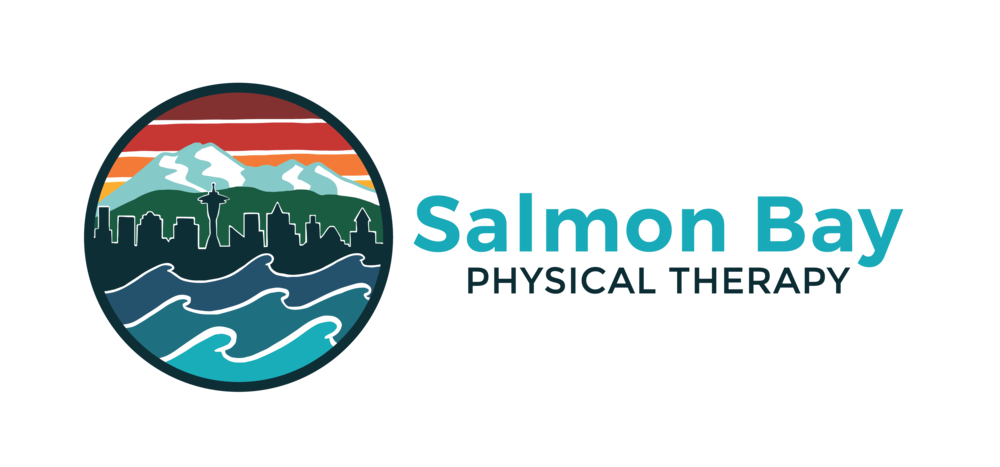The hip hinge is a biomechanically efficient way of lifting or picking things up from the floor, particularly when those items are heavy. The movement pattern involves bending forward at the trunk while pivoting at the hips, all while keeping the spine neutral. Practicing the hip hinge reduces the load at the neck, back and shoulders, primarily employing the posterior chain, which is composed of the gluteus maximus, back (erector spinae muscles) and hamstrings to bring about the movement. Therefore, performing a hip hinge on a regular basis will strengthen these muscles, allowing one to lift heavier weights over time. The hip hinge is a foundational movement pattern for many functional exercises, such as deadlift, kettlebell swing, power clean.
Technique - With your feet approximately shoulder width apart, bend/hinge forward at the trunk (from the hip joints) while pushing your hips backward. The knees can remain soft during the movement, letting the length of the hamstrings take control of their position. While reversing the movement, contract your gluteals to bring yourself back to an upright position. Here are some additional helpful tips to keep in mind:
Keep the weight/load being lifted as close to the body as possible.
Avoid rounding or excessively extending the back.
If needed, bend your knees a bit more to lift the weight from the lowest position. However, one must remember that this is not a squat so avoid excessively lowering the hips during the movement.
Engage the core and keep the pelvis in a neutral position.
As demonstrated in the video above, using a dowel / stick can be a helpful tool when practicing the hip hinge. Align it over the back so that it is touching the back of the head, upper back and the sacrum (tailbone). Hold it with either one or two hands (one at each end if using both), while making sure the contact between the stick and the three points is maintained throughout the movement. Once you are able to perform the movement with the dowel, try lifting a kettlebell or any weighted object accessible to you, using the same technique.
Performing the perfect hip hinge is a skill and may take several attempts to learn the correct technique so stick with it. If you need any help, please contact us through our “Ask A PT” feature on our website.
Good luck!
